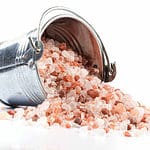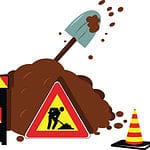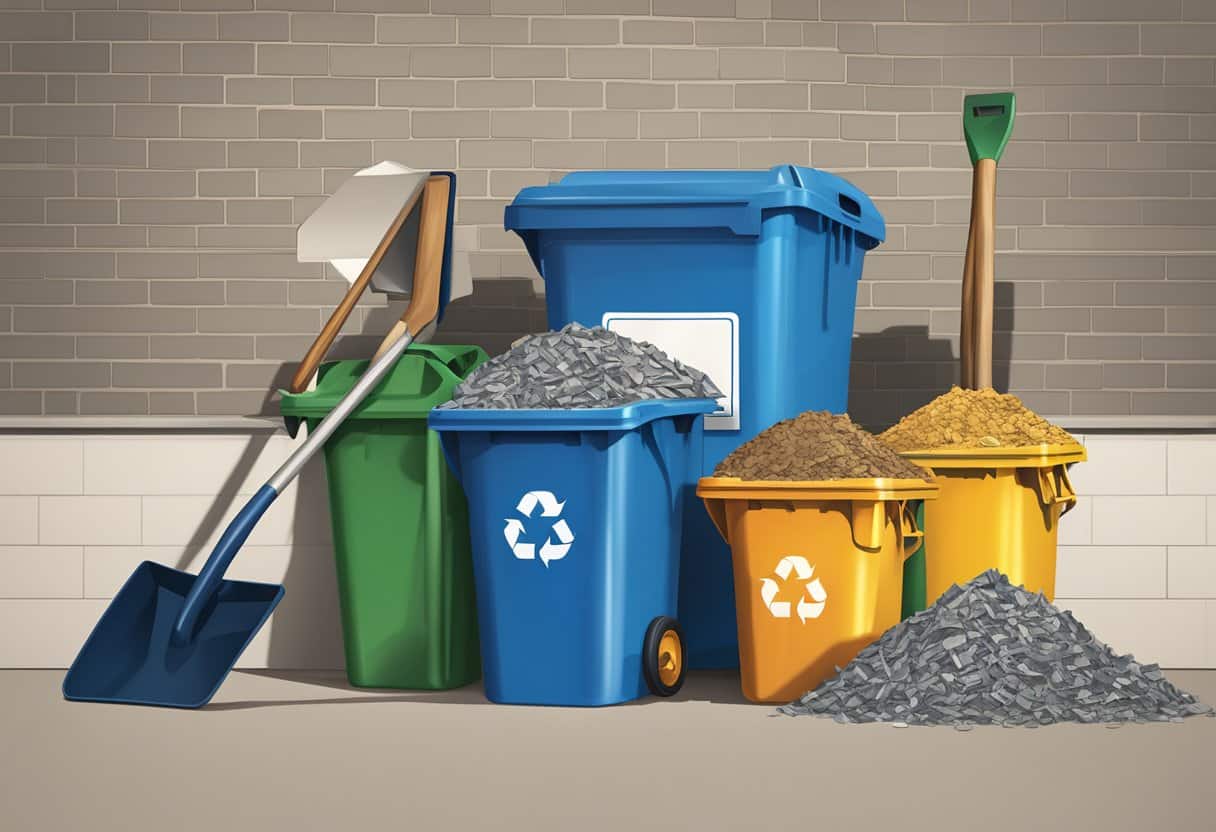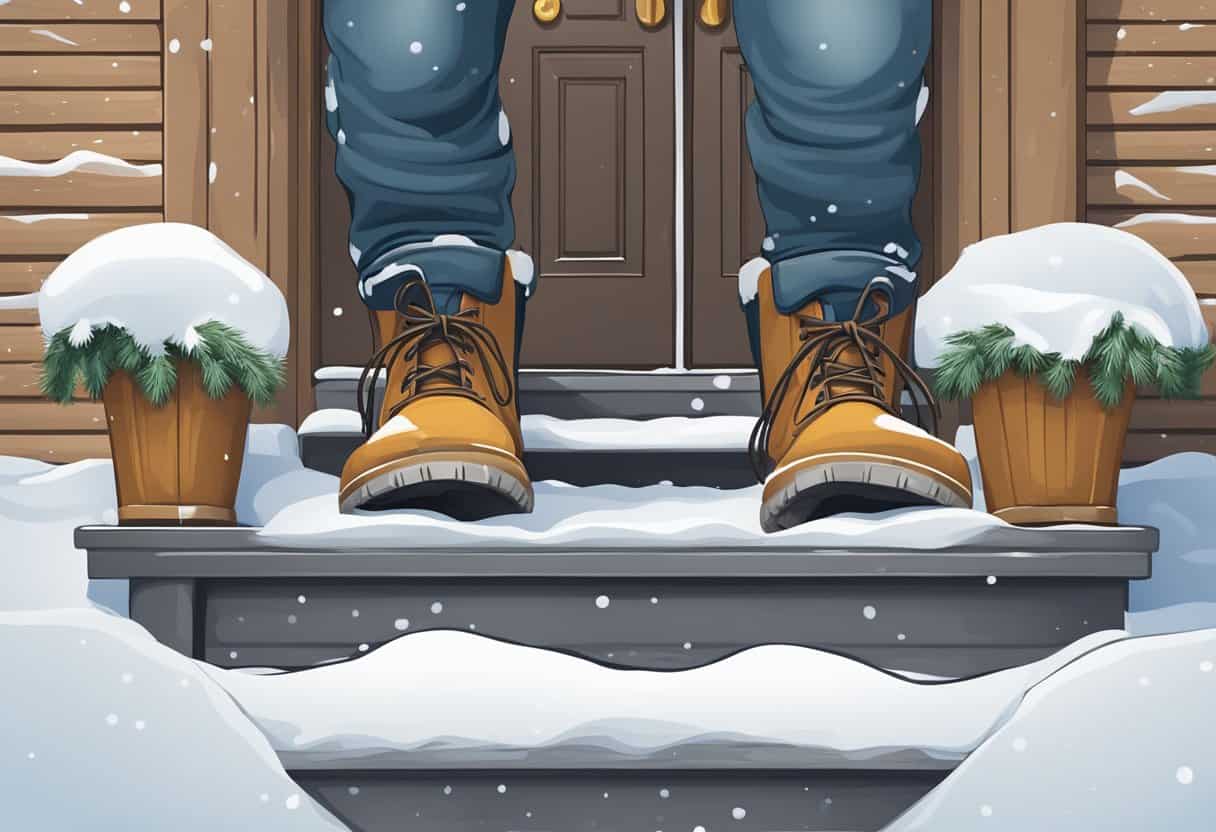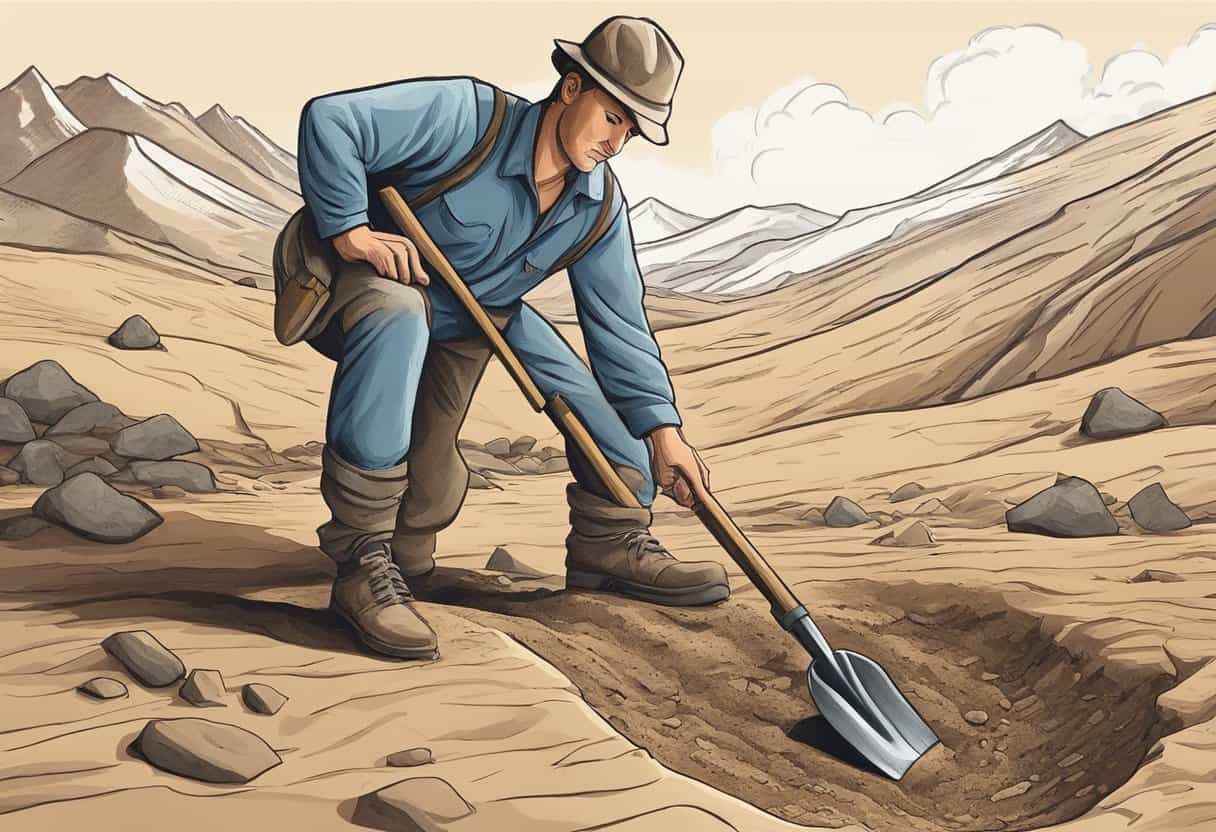Shovels are one of the most commonly used tools in the world. Though people may not think much about them, shovels have a rich history and many interesting facts. Let’s take a look at 30 interesting facts about shovels:
30 Interesting Facts About Shovels
Shovels played an important role in the American Revolution, with many soldiers using them to dig trenches and fortifications.
Shovelling snow is one of the most common uses for a shovel. In fact, it is estimated that every winter, Americans collectively spend about 500 million hours shovelling snow.
There is a shovel called a bankers shovel which was a short-handled shovel for use at the bank in the 1700s to shovel coal for heat.
Most shovels are made of steel, but some are made of plastic or other materials.
There are over 100 different types of shovels.
The origin of the word shovel comes from the Old English word scofl (“shovel”)
The first recorded use of the word “shovel” was in 13th century England which was found in a work by poet Geoffrey Chaucer, Piers Plowman, Passus VI.
Shovels are one of the oldest tools known to man, with evidence dating back to the Bronze Age.
Shovelling snow is a typical winter activity, but it can be dangerous. An estimated 11,500 people are treated in the emergency room each year for shovelling-related injuries. Most of these injuries are to the back and shoulders.
The first shovels were wood used for scooping, lifting, and moving materials. Over time, shovels evolved and became more specialized. Today, over 100 different types of shovels are available on the market.
Today, most shovels are made of steel, but some are made of plastic or other materials.
The average price of a shovel in the United States is about $25.
The phrase “snowed under” comes from the experience of being buried alive by snow – which happens to around 40 people yearly, according to the National Safety Council.
Many people think that eating snow will give them a brain freeze, but it’s actually the act of shovelling snow that does it. Brain freezes are caused by the sphenopalatine ganglioneuralgia nerve, which is located in your throat near your adenoids. When this nerve is stimulated, it causes the blood vessels in your head to constrict, leading to the pain we know as a brain freeze.
In some parts of the world, such as Sweden, people use special “snow knives” to shovel snow. These knives have a short, sharp blade that can be used to cut through snow and ice.
In Russia, snow taken from the streets is ground up, melted and mixed with sewer water, treated and ends up in the Moscow river.
In some parts of the world, such as Scandinavia, people use reindeer to help them shovel snow. The reindeer are equipped with special harnesses to pull a sled or plow through the snow. On a side note: Male Reindeer grow a “shovel” in front that protects the eyes from oncoming antlers and scrape the ice and snow to get to lichen underneath the snow.
Some believe eating carrots before shovelling snow will help you see better in the dark. This is because carrots contain beta-carotene, which is converted into Vitamin A in the body, which is essential for good vision day or night but especially in low-light conditions.
When it’s cold outside, your body burns more calories to keep warm. This means that shovelling snow is actually a great way to exercise and burn calories.
Shovels have also been found in ancient Chinese tombs, dating back to around 3,000 BC.
In the Middle Ages, shovels were often used as weapons: the handle being used as a club and the blade being used to slash at opponents.
During the Renaissance, shovels became increasingly ornate, with many featuring intricate carvings and detailed handles.
Shovels have been around for over 4,000 years and were first used in ancient Egypt. The ancient Egyptians used shovels made of wood and metal to build the pyramids.
The most common type of shovel today is the round-pointed shovel, used for digging holes and trenches.
A patent was issued to Lydia Fairweather for her invention of the snow shovel in 1889.
In the United States, shovels are produced in every state, with most being made in Ohio, Pennsylvania, and Michigan.
Every year, people buy about 2 million shovels in the United States.
The handle of a shovel is often called a “D-grip” because of its shape, although some models have a T-shape or pistol grip.
In many parts of the world, shovels are still used for digging graves by hand.
A typical shovel has a blade about 10 inches wide and 16 inches long.
Final Thoughts
How many of these interesting facts did you know?
So, the next time you need to dig a hole and reach for your trusty shovel, remember that you use a tool with a rich history and interesting facts.


